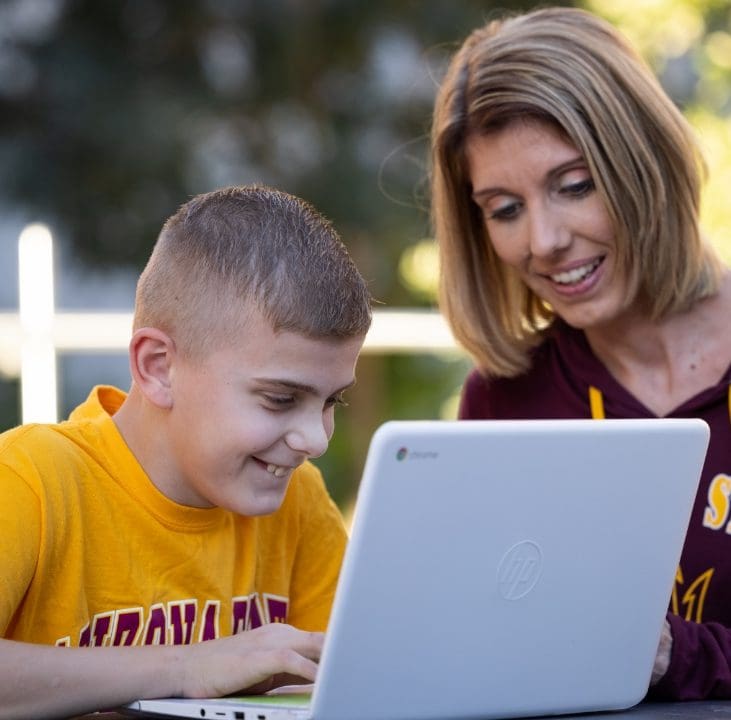-
NAGC (National Association for Gifted Children
A great organization for teachers and parents of gifted children. Has many resources for parents and ways to connect with others.
- Davidson Institute
-
Hoagies’ Gifted Education Page
- Lots of resources are available on this site to support parents!
-
SENG (Supporting Emotional Needs of the Gifted)
- Library of topics related to parenting gifted children
- Full library of articles
- AAGT- Arizona Association of Gifted and Talented
Gifted Resources for K–6 Parents
*Gifted testing and services are currently available to full-time students. The Gifted Program is at no cost to full-time, state-funded, Arizona-based students who meet the requirements of the program. Full-time, tuition paying-families can opt to receive gifted services for a fee if their student(s) meet the requirements of the program.
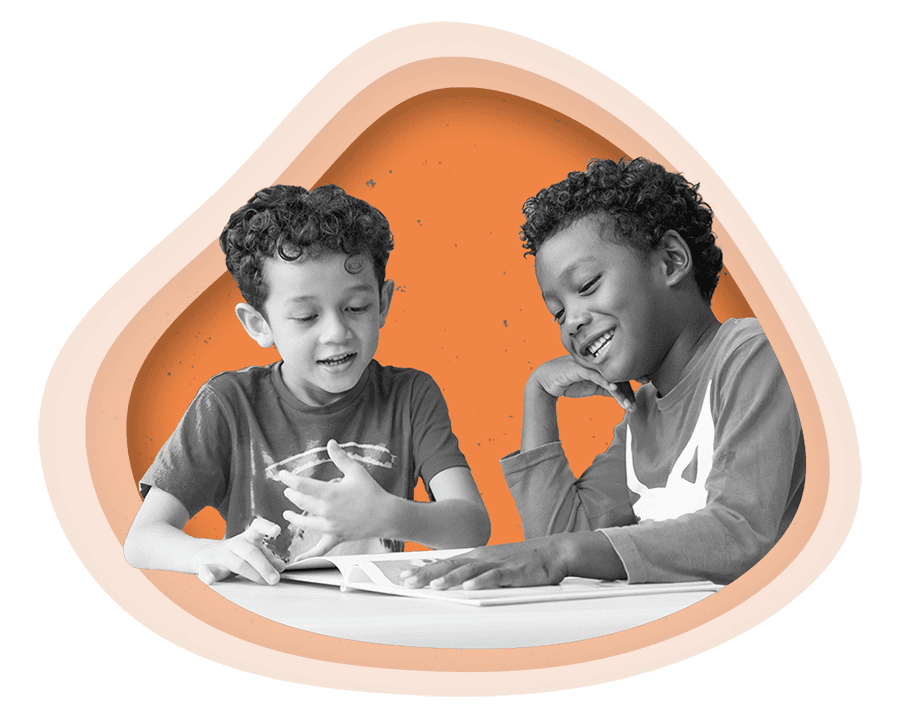
“All of us do not have equal talent, but all of us should have an equal opportunity to develop our talent.” – John F. Kennedy
This site has been created to house resources for parents K-5 ASU Prep Digital Gifted students. The site will be updated regularly as the program continues to grow. If you have any questions, please reach out to us!
“What makes a child gifted and talented may not always be good grades in school, but a different way of looking at the world and learning.” – Chuck Grassley
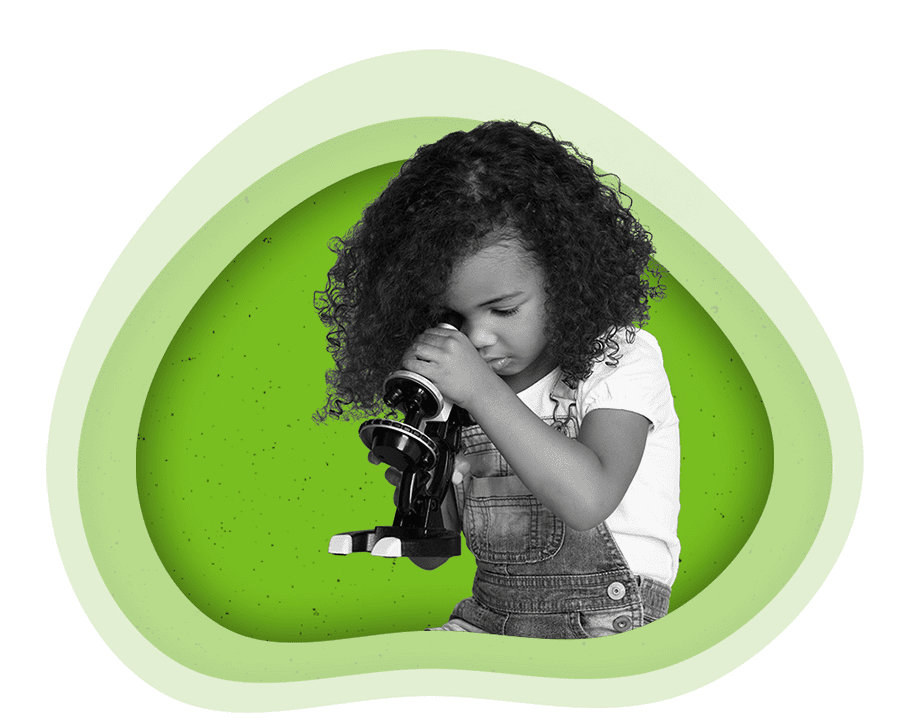
Key Reminders about Gifted Learners:
- Come from all racial, ethnic, and cultural populations, as well as all economic strata
- Can have learning and processing disorders that require special intervention and accommodation (students may be twice-exceptional)
- Require varied services and strategies to support their needs (no 2 gifted kids are alike!)
- Need experiences that provide challenges, collaboration with like-minded peers, small group time, meaningful feedback from teachers, and social emotional support.
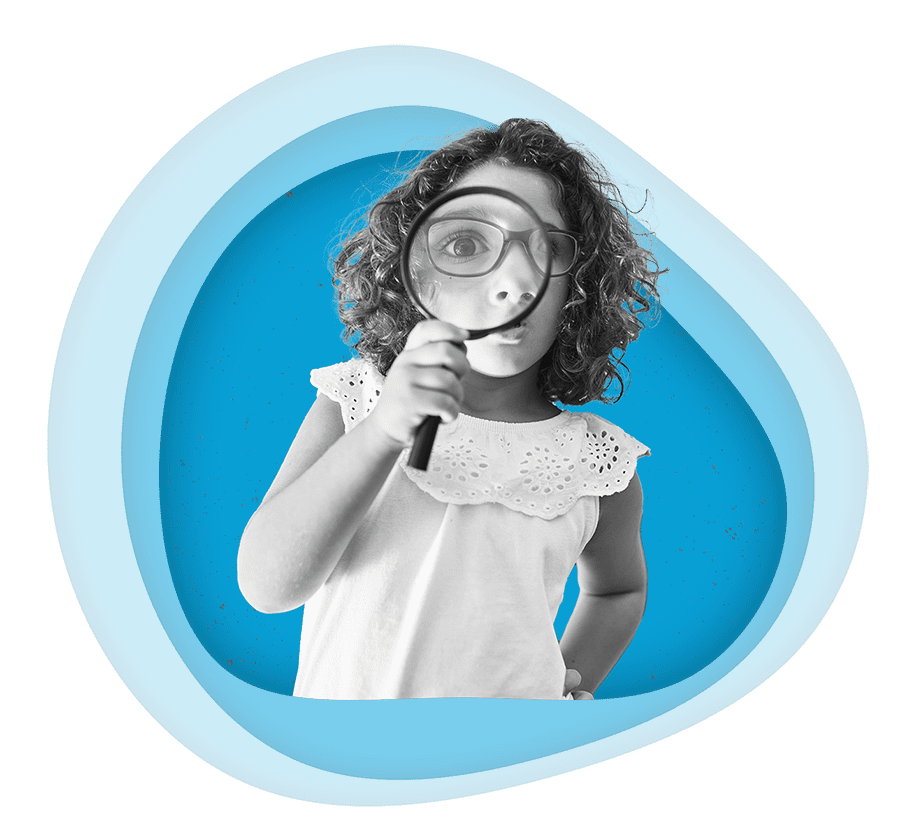
Signs of Giftedness in children can include...
- An extreme need for constant mental stimulation
- An ability to learn and process complex information rapidly
- A need to explore subjects in surprising depth; not wanting to switch gears to the next topic
- An insatiable curiosity, as demonstrated by endless questions and inquiries
- Ability to comprehend material several grade levels above their same-aged peers
- Surprising emotional depth and sensitivity at a young age which can lead to anxiety and depression
- Enthusiastic about unique interests and topics
- Quirky or mature sense of humor
- Creative problem solving and imaginative expression
- Self-aware, socially aware, and aware of global issues, but possibly not able to process the feelings elicited by the topics
Resources
“I have struggles and questions, too, but I’m afraid to say anything in front of the class. I don’t want to seem dumb. Please check on me once in a while.” – 14 Things Gifted Students Want Teachers to Know
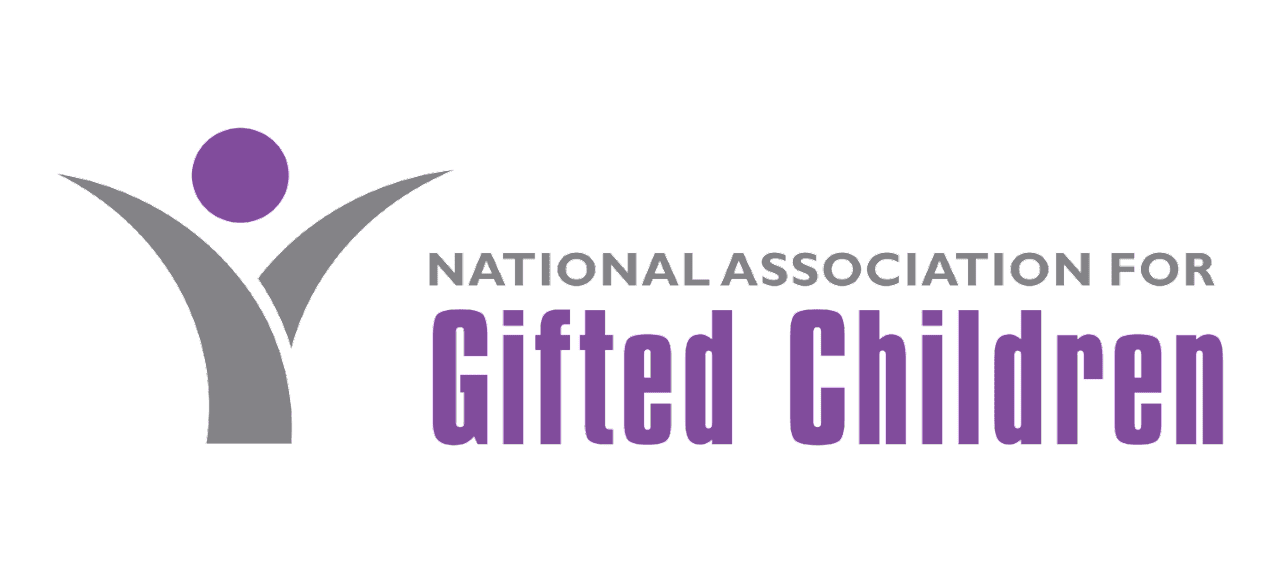
NAGC Mission Statement
NAGC mission statement on nurturing social emotional development of gifted learners can be found here.

Social and Emotional Development
Social and emotional development overview by NAGC can be found here.

Identifying Gifted Children from Diverse Populations
Ways to identify gifted students from diverse backgrounds can be found here.

Asynchronous Development
A closer look at asynchronous development of gifted learners can be found here.
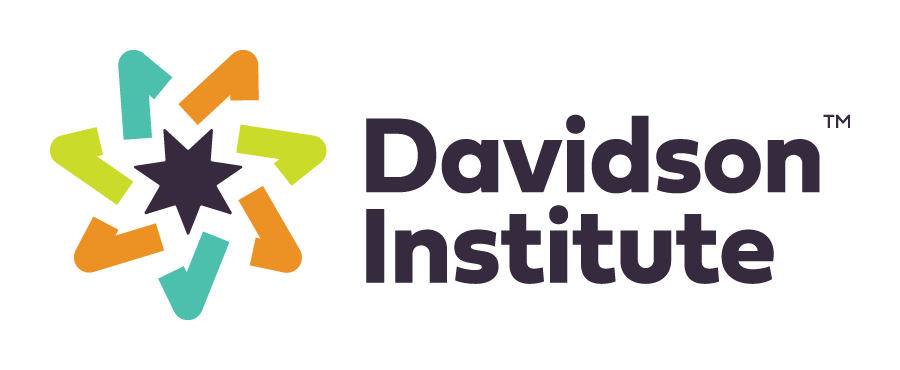
Gifted Traits & Characteristics
A closer look at the various characteristics and traits of gifted children can be found here.

Social and Emotional Resources
Additional considerations and resources for social and emotional needs of gifted children can be found here.

14 Things Gifted Students Want Teachers to Know
In this article, Joshua Raymond reflects back on his time as a gifted student and what his daughters are experiencing now. Here are some items he wishes teachers knew.

An Educator's Guide to Gifted Children
“I am intense. I am asynchronous. I am misunderstood. I am…Gifted!” This article goes more in depth into these traits of gifted learners.
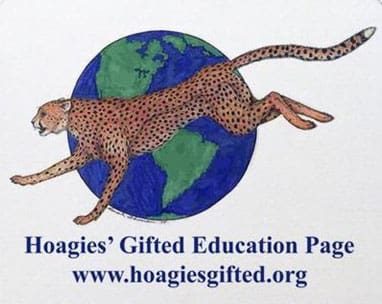
Social Emotional Aspects of Giftedness
This site contains a wide range of resources to explore regarding SEL of gifted learners.
SENG (Supporting Emotional Needs of the Gifted) Library
 This library has articles focused around a variety of topics regarding gifted learners and their emotional needs. Some of these include: Twice-Exceptionality; Peer Relationships; Adult Giftedness; LGBTQ+.
This library has articles focused around a variety of topics regarding gifted learners and their emotional needs. Some of these include: Twice-Exceptionality; Peer Relationships; Adult Giftedness; LGBTQ+.
AREAS OF GIFTEDNESS
“They [gifted learners] need content that is relevant to their lives, activities that cause them to process important ideas at a high level, and products that cause them to grapple with meaningful problems and pose defensible solutions.” (NAGC)
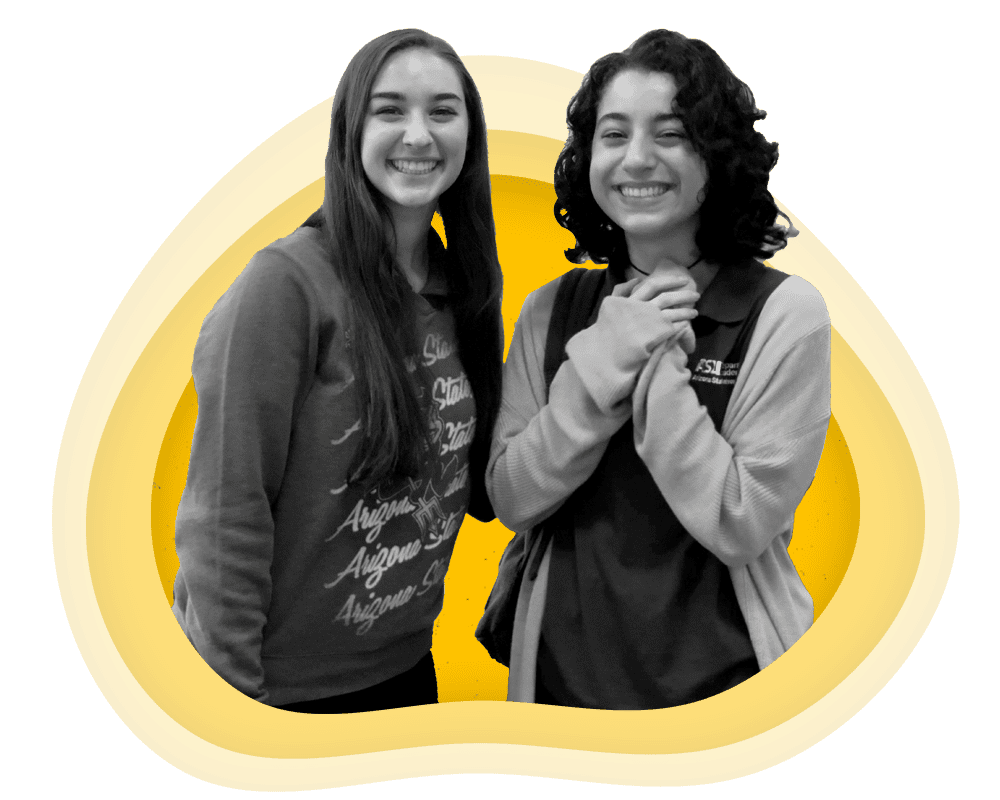
What type of learner is my child?
The CogAT identifies giftedness in 3 different areas: Verbal, Quantitative, and Nonverbal. In Arizona, a student must score in the 97th percentile or higher in any one of these domains to be classified as gifted.
- Verbal Learner: Verbal learners think primarily in words. They are step-by-step learners that relate well to time. They often have good organization, learn through trial and error, and can write quickly and neatly. These learners have auditory strengths and typically do well in phonics and algebra.
- Quantitative Learner: These learners may demonstrate amazing speed and accuracy in solving problems. They may also have an amazing capacity for seeing complex patterns and making abstract connections. They may view practicing step-by-step processes as a waste of time when solutions can be found by just looking at the problem.
- Nonverbal Learner: These students tend to learn from whole to part instruction. Instead of following steps, they prefer to see the final product or big picture idea first and then build their own steps or ideas to get there.
Learning strategies to consider based on your child's area of giftedness

Quantitative
- Offer challenges and extensions in math
- Compacted curriculum
- Opportunities for collaboration in group projects.
- Cooperative math tasks, games, and puzzles
- Focus on the “hows” and “whys” of ideas rather than the “how-to” processes
- Open-ended, complex problems

Nonverbal
- Create concept maps when taking notes.
- Describe mental models of a scene when reading.
- Create metaphors, analogies, and real-world connections to the abstract
- Use visuals and graphic organizers

Verbal
- Offer challenges in reading, writing, and speaking
- Restate mathematical expressions verbally and explain to others
- Build models and conceptual understanding through verbal expressions and revisions
Bright vs. Gifted - Characteristics of Gifted Learners
PARENT RESOURCES
Including: Gifted, Multicultural, Twice Exceptional, Equity and Diversity, and Underrepresented Populations
“Perhaps your child has just been identified as gifted and talented. Or, your gifted child may notice they’re different from their age mates—with unique interests, an advanced vocabulary, social awkwardness, or an ability to complete work quickly and effortlessly, while other students struggle. In these situations, parents often wonder: “Do I dare use the word gifted?” “Will my child develop an ego?” “Will the gifted label put pressure on them?” “ (Talking with Your Child About Giftedness)
Resource Links
Gifted Learner Plan
“It’s easy to assume that for extremely bright young pupils, life in the classroom is a snap. But when conventional school curricula fail to stimulate their hungry young brains, leaving them bored and stymied, these kids may get lost in the system. Some end up with C averages and slip into truancy, and many may never blossom to their full potential.” – By Not Challenging Gifted Kids, What Do We Risk Losing?
Each Gifted student will receive a Gifted Learner Plan (GLP).
This is a document developed collaboratively by the Gifted Specialist, the Gifted Cluster Teacher, and the parents of the Gifted student.
The GLP is designed to document your child’s area(s) of giftedness (their strengths) and the differentiation that will be provided to support these areas of giftedness.
This document will be reviewed periodically to ensure students are working towards their goals. This will be a part of their student record, and as such will be available to take with you should you move to another school district.
More information may be found in the ASUPD Gifted Program Scope and Sequence link below.
